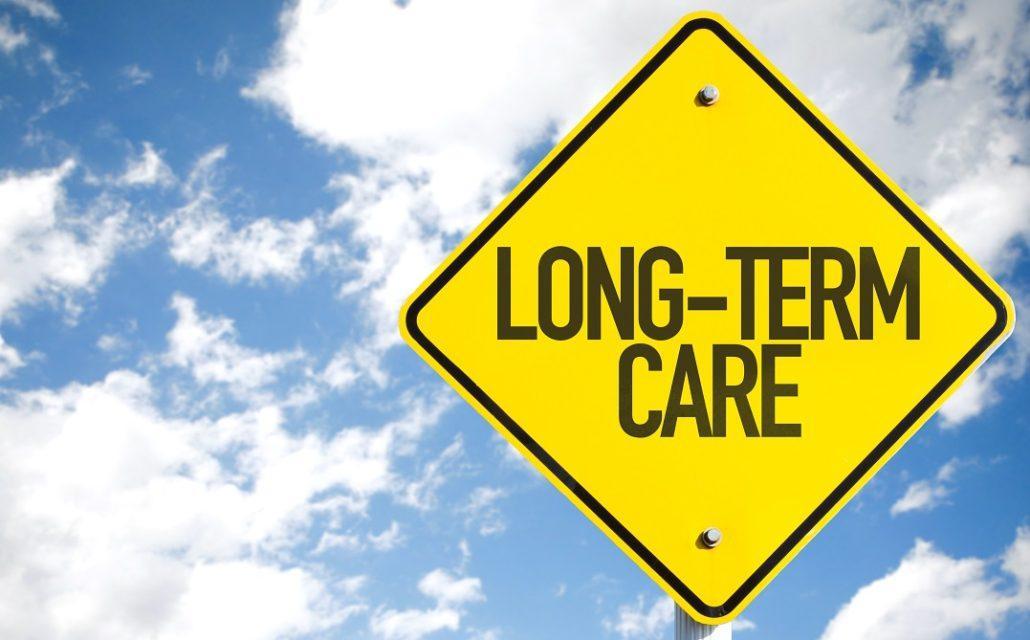The world has suffered from the COVID-19 pandemic for over two years. Medical providers recognized early in the crisis that certain identifiable groups of people were at high risk for the worst impact of the virus. Doctors and nurses realized that older people, those with co-morbid risk factors, and immune-compromised people were the vast majority of their critically ill patients.
Instead of targeting these specific groups and using available data, government officials responded to the crisis by using irrational measures that were driven by the perceived need to “do something.” Forced government lockdowns became one of the default methods of “controlling” the virus spread.
Thousands of papers have been published in the past two years looking at the effects of lockdowns on the viral spread. Recently, Steve Hanke, Professor of Applied Economics at Johns Hopkins University, and associates published the most comprehensive meta-analysis to date on the impact of lockdowns. (here) (A meta-analysis is an intensive review and comparison of all the published reports on a specific subject.)
The researches started with over 18,000 studies and after four levels of screening found 24 papers that would provide a stringent comparison. The results of their study are dramatic. They found that lockdowns reduced mortality in the United States and Europe by only 0.2 percent on average. They also looked at forced shelter-in-place, which reduced mortality by only 2.9 percent on average.
The researchers had this final conclusion:
“While this meta-analysis concludes that lockdowns have had little to no public health effects, they have imposed enormous economic and social costs where they have been adopted. In consequence, lockdown policies are ill-founded and should be rejected as a pandemic policy instrument.”
Professor Hanke and his associates offer reasons that lockdowns are not effective. For example, people most commonly respond to dangers through safe behaviors; mandates only regulate a small number of people’s actions; and lockdowns limit people’s access to safe outdoor spaces.
In doing the meta-review, the researchers also looked at other non-pharmaceutical interventions. Again, the results are revealing:
“Studies looking at specific NPIs (lockdown vs. no lockdown, facemasks, closing non-essential businesses, border closures, school closures, and limiting gatherings) also find no broad-based evidence of noticeable effects on COVID-19 mortality. However, closing non-essential businesses seems to have had some effect (reducing COVID-19 mortality by 10.6%), which is likely to be related to the closure of bars.”
We do know that the draconian mandates of government have had dramatic adverse effects on the economy, the education of our children, and the mental well being of citizens. Government officials should follow Professor Hanke’s research and first “do no harm.”






